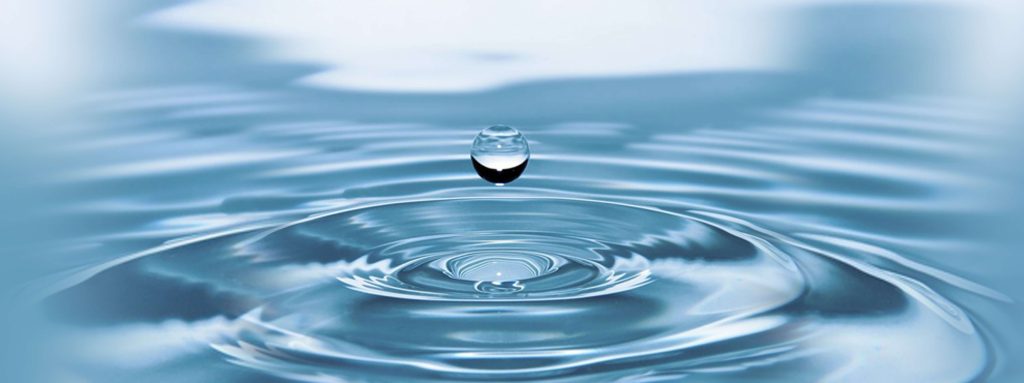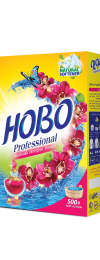Save Planets
with Free-phosphate Products
The more detergent that enters our waterways through sewage, the more foam it creates and thus the more damage it does to the environment.
The materials used to produce detergents are not biodegradable, and moreover, the hydrolysis products of composites (orthophosphoric acids) contain phosphates, which disturb the natural food chain.
As an eco-friendly brand, Hobo strives to protect the environment and ecosystem by producing phosphate-free detergents.
Using the tricks below, you can save on your washing machine`s water and electricity consumption to both extend its lifespan through proper use and reduce your electricity bill.
Article Content:

The history of the introduction of detergents into life
Soap has been used as a cleaning agent for centuries, but the rapid growth of the population as well as the increasing concern of humans about their health has made the usual natural recipe unable to meet the needs. Subsequently, in the early 19th century, detergents—synthetic cleaning products—were introduced to the market. The popularity of detergents increased especially after World War II.
Detergents are composites that dissolve in water and increase the cleaning properties of the solution. Since ancient times, mankind has used various natural cleaning materials such as soap, fuller’s earth, etc., but the cleaning products that are used today are detergents, artificial – made from unnatural substances and chemicals. – are. The widespread use of detergents has significantly reduced natural cleaning agents.
The foaming process of soap is delayed if it comes into contact with water containing calcium and potassium. As a result, such minerals weaken the cleaning properties of natural cleaners. On the other hand, detergents have overcome this issue thanks to their advanced formulation.
For many years, the soap and detergent industries have attracted the attention of environmental officials due to water pollution such as foam pollution and nutrient contamination, the most important of which include water pollution, i.e. toxic foam and eutrophication. After use, detergents mixed with sewage find their way into our waterways, where they severely damage the environment.
Destructive effects of detergents on the environment
Some destructive effects of detergents on the environment include:
- Ecosystem destruction
- Pollution of waterways and disrupting the normal life of living organisms
- Creating physiological reactions in the use of polluted water resources
- Formation of foam on the surface of the water that sucks all the oxygen in the water
- Changing the taste and smell of water
- Creating the right conditions for the growth and spread of microbes and diseases
Fish and other aquatic animals are not immune to the dangers of detergents. Due to the presence of phosphates in the products, detergents quickly suck up all the oxygen in the water once they find their way into a waterway. Detergents can change the shape and quality of proteins and thus disrupt the metabolism of bacteria and reduce their survival rate, this is due to the effect of detergents on the surface tension of water.
What currently poses the greatest risk to the environment is detergents. Any water source that contains minerals such as nitrates and phosphates, through sewage, becomes a habitat for algae, where it overgrows. These plants feed on minerals in water through photosynthesis and create oxygen in the environment. Since these plants are short-lived and their biological degradation leads to the loss of a significant amount of oxygen, as they disappear, the oxygen in the environment also decreases. In the absence of algae, anaerobic interaction finds room for growth. Gradually, the silt in the water grows out of control and completely covers the riverbed, where various types of plants eventually grow and the entire place becomes a swamp.
How can environmental problems be reduced ?
Therefore, one of the main causes of eutrophication is the phosphate present in common household detergents. This problem has been acknowledged and steps have been taken to solve it by slowly replacing the phosphate in such detergents with something else.
Detergent manufacturers are offered two solutions to solve the problem:
- Changing the detergent formula so that the lowest amount of phosphate is used in the production process.
- Completely removing phosphate from the production process and using another chemical such as zeolite
By changing its formula, Hobo has been able to minimize the use of phosphates in the production process by using other materials such as carbonates and silicates.





